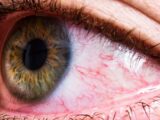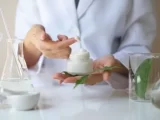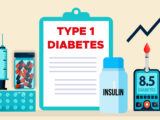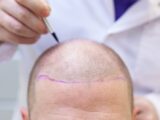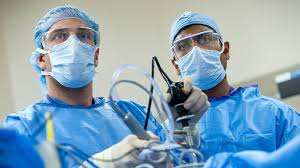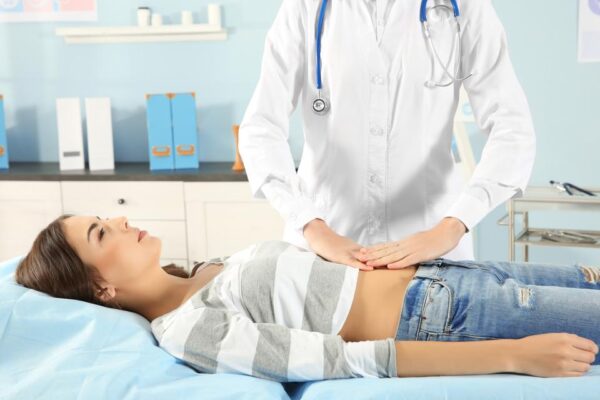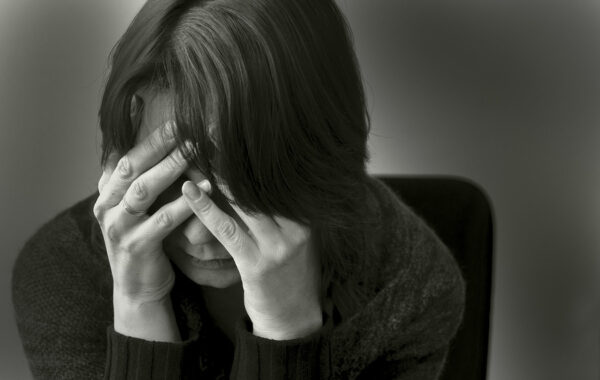
12 types of depression, and what you need to know about each
May 1, 2021There are more than one type of depression. Here, experts explain severe depression, seasonal affective disturbances, postpartum depression, and more.
Under the large tent of depression there are many gray nuances. Depression can be light or heavy. It can be short-lived or chronic. Special circumstances, such as baby birth or season change, can trigger symptoms of depression.
Understanding the type of depression experienced by someone helps doctors determine treatment. And for people diagnosed with depression, having information about their specific disorders can help. “People seem entertained in knowing what happened to them,” said Sarah Noble, DO, a psychiatrist with Einstein’s health network in Philadelphia. “At least they have an answer why they experience what they are experiencing.”
This is what you must know about various types of depression. If you suspect you or loved ones have one of them, evaluated by a mental health professional. They can help you know the diagnosis – and best care.
Related: 10 foods to help fight depression
The main depression disorder.
In certain years, more than 16 million Americans (the majority of them women) experience this very common type of depression, also known as severe depression or clinical depression. In diagnostic criteria published by the American Psychiatric Association, people must have at least five symptoms that last for two weeks or more to be diagnosed with large depression disorders. These symptoms can include feelings of sadness, emptiness, worthless, desperate, and guilt; loss of energy, appetite, or interest in pleasant activities; change of sleep habits; And the mind of death and suicide. Most cases are very treated.
Large depression disorders have two subtypes: “atypical depression” and “melancholy depression.” People who fall into the previous category tend to sleep and eat a lot. They are emotionally reactive and very worried, Dr. Noble explained. Those who are in the last category have difficulty sleeping and tend to reflect on guilty thoughts ridden by guilt, he said. Young adults tend to be present with atypical depression, and Melancholic type looks more frequent on seniors.
Depression that resists treatmentSometimes people with great depression disorders are not easy to respond to care. Even after trying one antidepressant and then the other – and maybe the third or fourth – their depression with stubborn hangs. “Maybe it’s genetic, perhaps the environment,” Dr. Noble. “Their depression is just tenacious.”
Helping people overcome resistant depression begins with a thorough examination to ensure the right diagnosis and identify psychiatrics and other medical causes of their symptoms. Patients are advised on the dosage and duration of the right treatment. If the drug does not work, the doctor will try to switch to similar drugs or one of different classes. Patients may benefit from adding the second antidepressant of different classes and maybe other types of drugs, such as antipsychotics.
Related: 10 surprising antidepressant facts
Subsyndromal depression.
Someone who has symptoms of depression but not enough to examine all the boxes for the diagnosis of severe depression can be considered “subsyndromal.” Maybe he has three or four symptoms, not five, or maybe he is depressed for a week, not two, Dr. Noble explained.
“Instead of seeing symptoms, I usually see functionality,” he said. Can the patient go to work and take care of everyday responsibilities? If the person is struggling, they may still benefit from care, including with drugs, he said.


